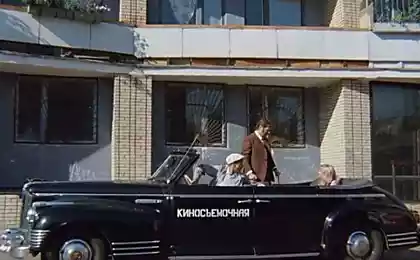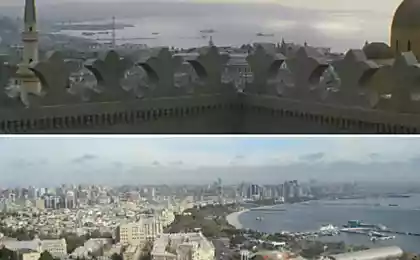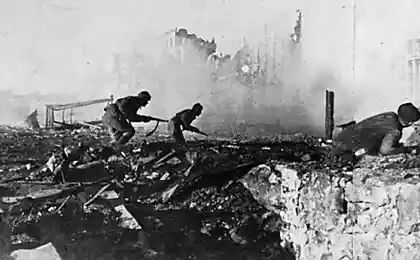548
AtomMayak in ruins (21 frames)
Many, many years (ie about 50) back wise men of the Communist Party of the Soviet Union decided to build a chain of lighthouses on the coast of the Arctic Ocean for the navigation of ships in the dark, which lasts in these latitudes for 150 days. This was done, and some of these lighthouses was erected. They had to be completely autonomous, as were hundreds and hundreds of kilometers away from any settlements. After considering different ideas about how to make them work for years without any external power supply, Soviet engineers decided to implement the idea of power from atomic energy. Special light small nuclear reactors have been released in a limited edition and were taken to the Arctic Circle for mounting the beacons. These small reactors could operate in standalone mode for many years and almost did not require any human intervention. Lighthouse of radio signals counted time of year and the duration of daylight, turning lamp, when it was necessary and directed his radio ships.
Now all this is over ... After the collapse of the Soviet Union have forgotten about them, and looters have completed the story: as a result of hunting for metals all the equipment was pillaged. Reactors including ... (bold marauders!)
© et + n

002
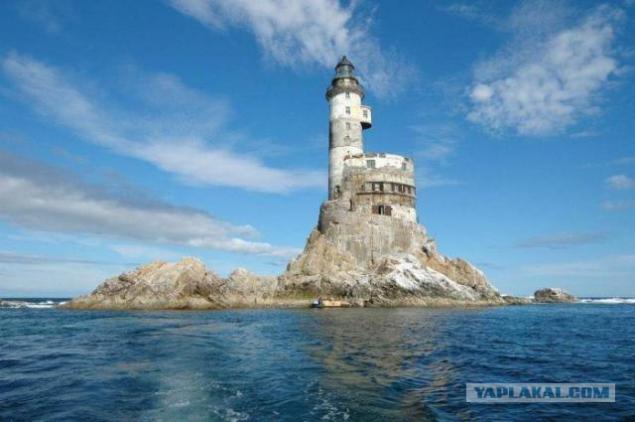
003
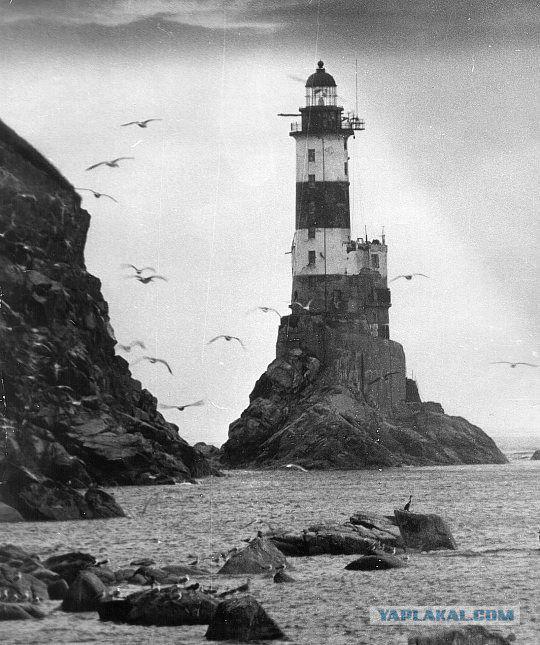
004
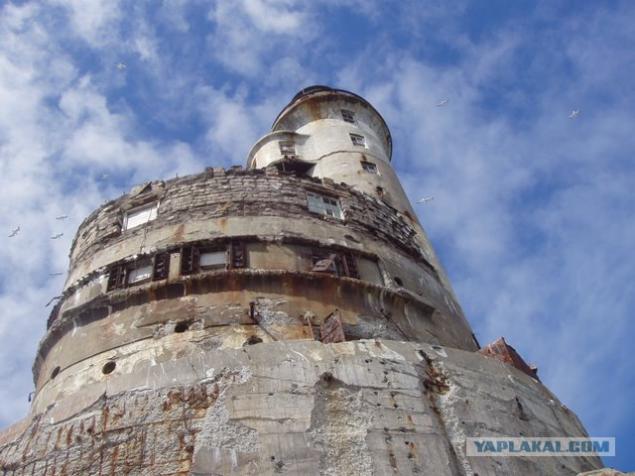
005 "You are also warned!» ©
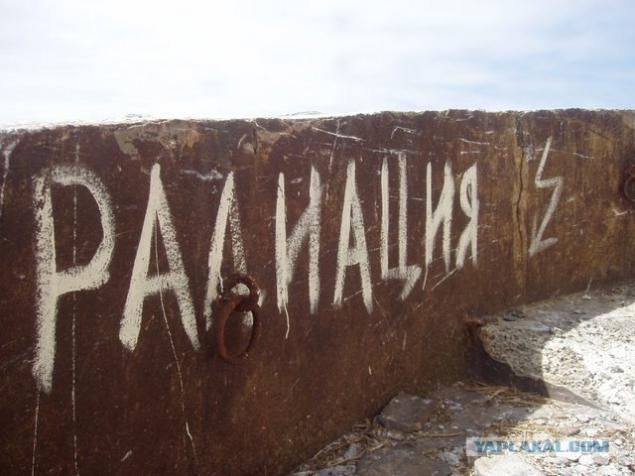
006
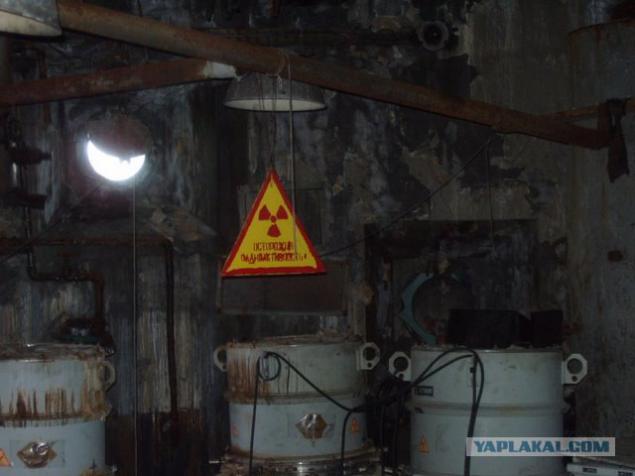
007
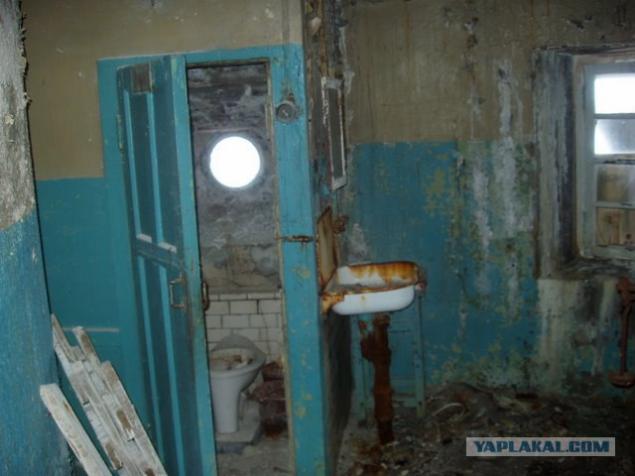
008
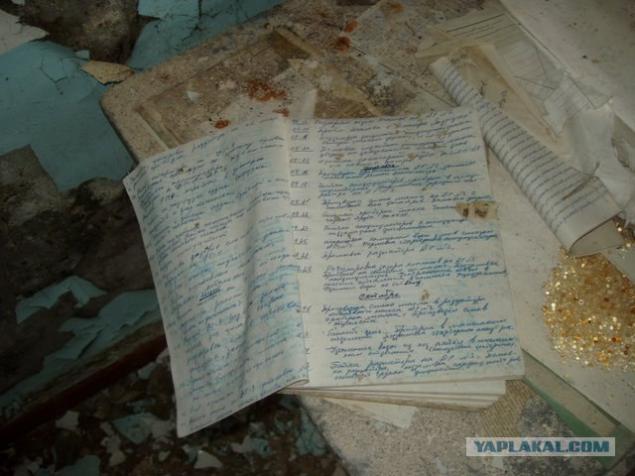
009
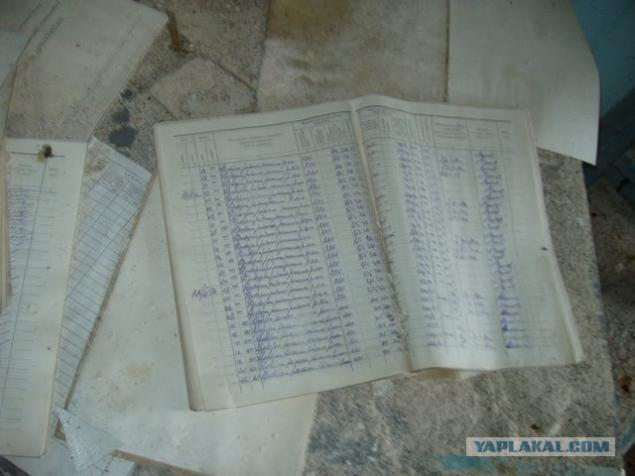
010
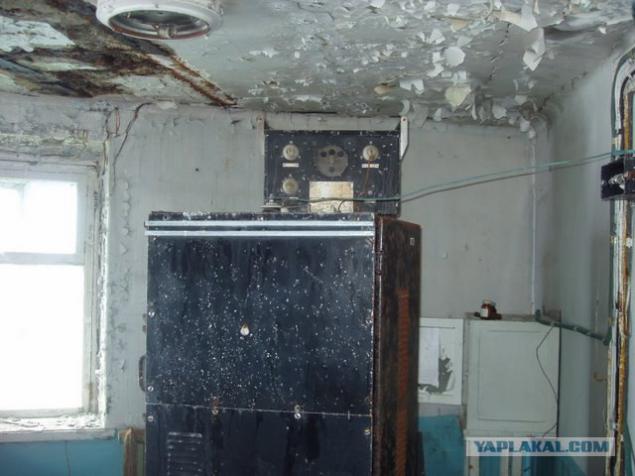
011
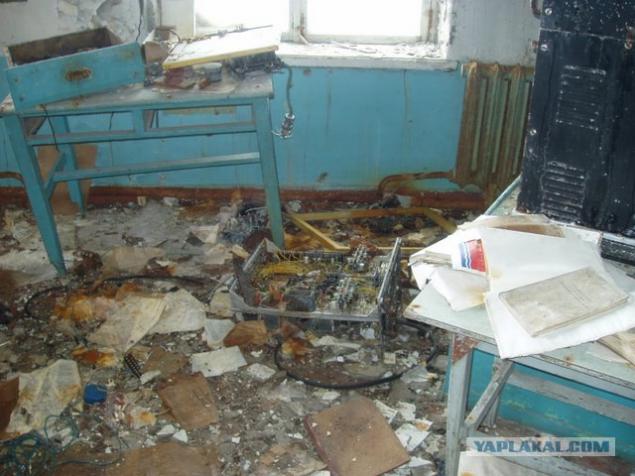
012
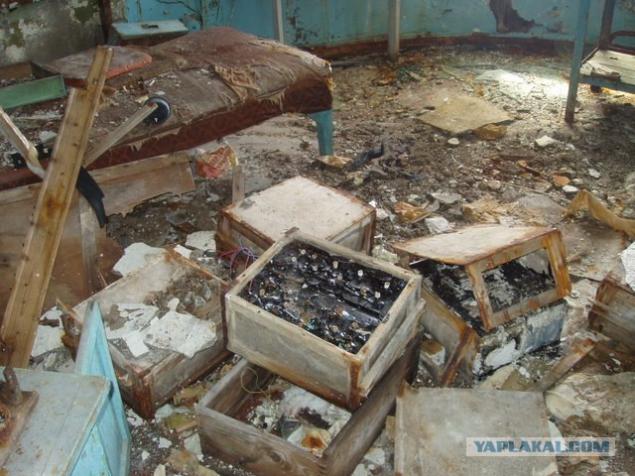
013
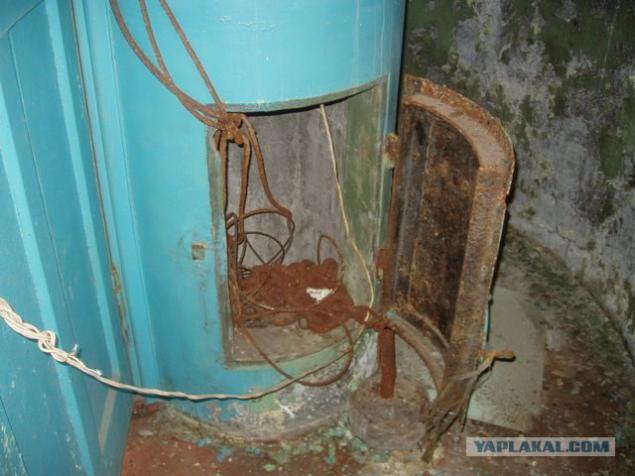
014
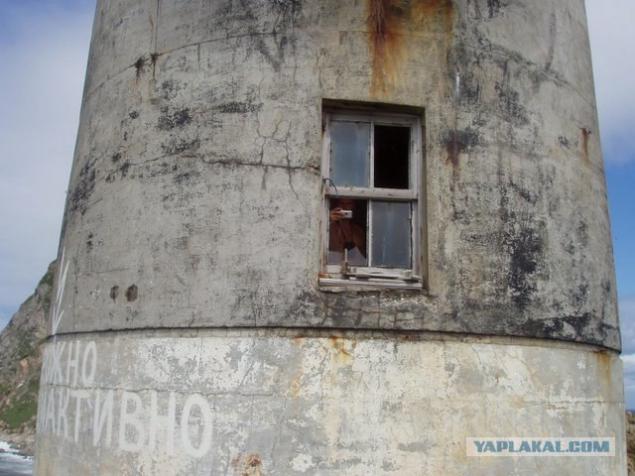
015 Swivel of the spotlight (bottom view)
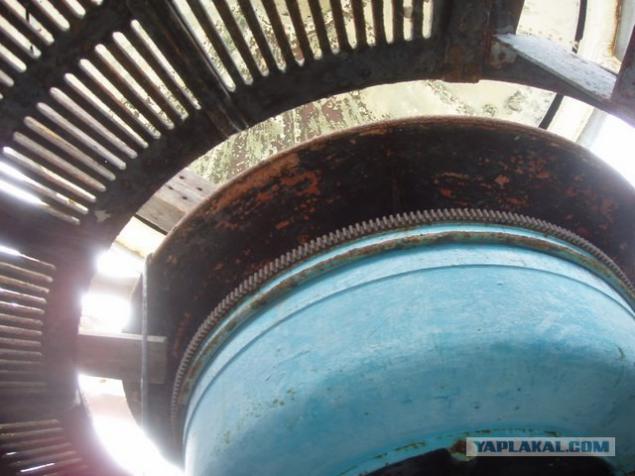
016
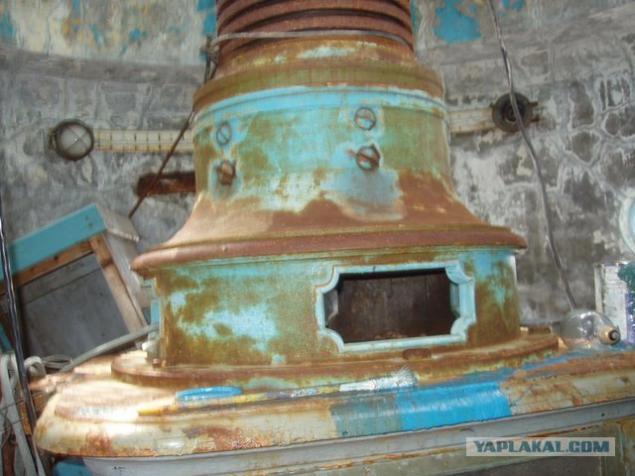
017
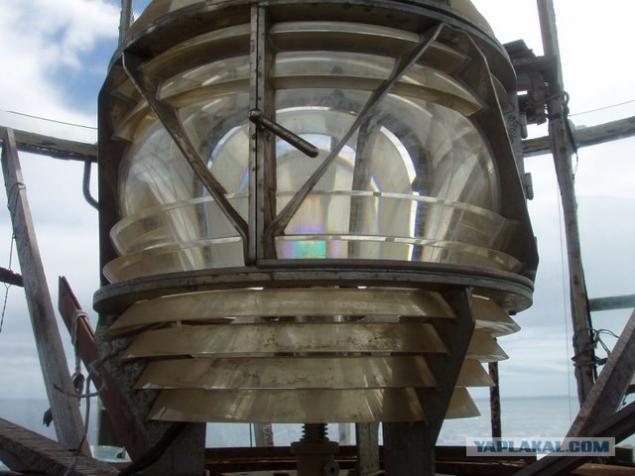
018
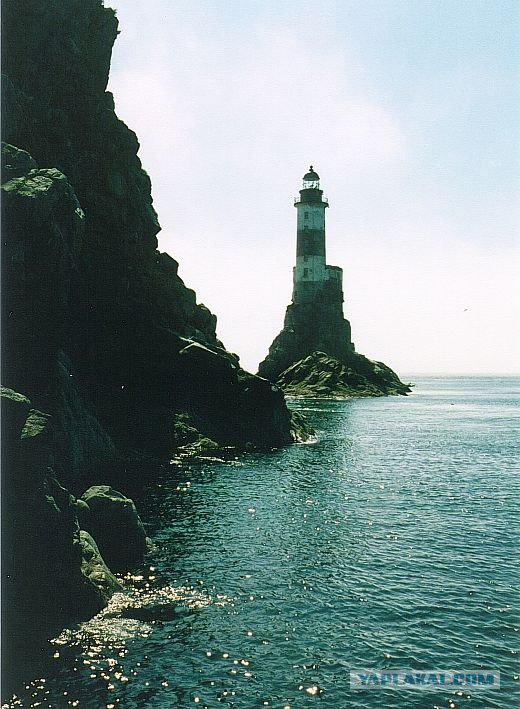
019
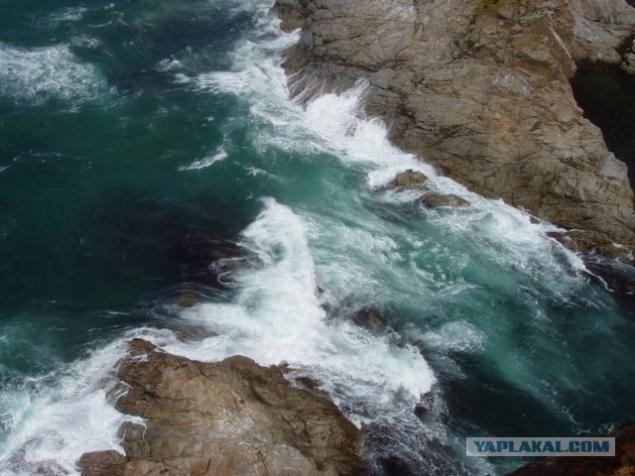
020
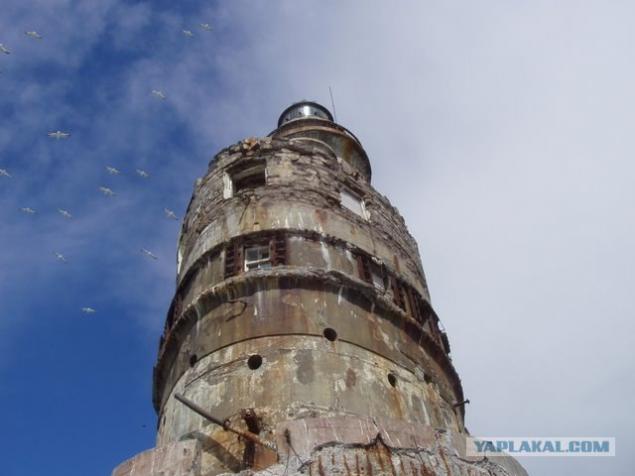
Power Supply Autonomous Lighthouse is done by setting the RTG (radioisotope thermoelectric generator), a work element is a capsule containing isotopes of strontium 90.
Here's a snapshot of RTG installation near an abandoned lighthouse on the island of Shalaurov (Chukotka), tailor tourists in 2005. The radiation background on the island exceeded the allowable 30%.
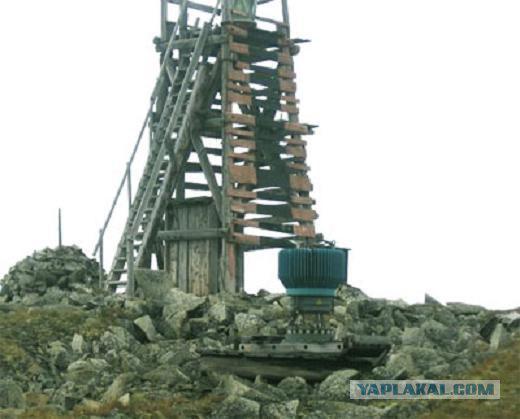
And more sympathetic "fun" of information:
October 14, 2004
In the Sea of Okhotsk north of Sakhalin discovered the lost war seven years ago with the installation of the radioactive element strontium-90, reported on Thursday, the press service of the regional branch of the party "The Greens". Representative Krasnoarmeysky Sakhalin Research Institute Vyacheslav Fedorchenko confirmed the RIA "Novosti" detection of radionuclide thermoelectric generators (RTGs) at a depth of 34 meters at a distance of one mile from Cape Maria in the north of the island.
"The search for RTG lost military helicopter during transport on a standalone beacon fleet in 1997, took place in difficult weather conditions, all the storm and wave heights of 4-6 meters," - said Fedorchenko.
To detect sunken devices were deployed new equipment, developed by the Russian Institute of Tikhomirov. The previous two expeditions were unsuccessful because of the lack of such a search equipment, he added.
Special hydrographic ship of the Pacific Fleet surveyed 2, 7 square kilometers and it took more than 60 miles in search of RTG.
Following the discovery was measured background radiation, and its value does not exceed the normal limits, the spokesman said.
The second stage should now be preparing for the lifting installation, the weight of which is 2, 5 tons despite its small size - 1, 5 to 1, 5 meters. Also Fedorchenko noted that RTG is lying on the sand and the depth of the maximum permissible for lifting.
Inside installation radioactive element strontium-90. Specialists of the manufacturer's guarantee isolation of dangerous filling in an aggressive marine environment for 10-15 years.
Meanwhile, off the coast of eastern Sakhalin Island, near Cape Low, it is another installation of the same. She was lost war in August 1987, under similar conditions, helicopter external load during transport.
To discover it, according Fedorchenko, it will be difficult - the search area of over 25 square kilometers. Although the depth is not more than 3-5 meters, the installation may be covered with a layer of bottom mud and lies sunk a half or two meters into the ground.
Source: RIA "Novosti»
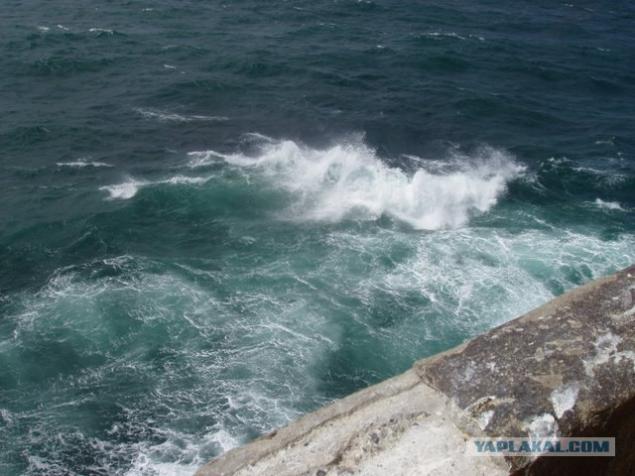
Source:
Now all this is over ... After the collapse of the Soviet Union have forgotten about them, and looters have completed the story: as a result of hunting for metals all the equipment was pillaged. Reactors including ... (bold marauders!)
© et + n

002

003

004

005 "You are also warned!» ©

006

007

008

009

010

011

012

013

014

015 Swivel of the spotlight (bottom view)

016

017

018

019

020

Power Supply Autonomous Lighthouse is done by setting the RTG (radioisotope thermoelectric generator), a work element is a capsule containing isotopes of strontium 90.
Here's a snapshot of RTG installation near an abandoned lighthouse on the island of Shalaurov (Chukotka), tailor tourists in 2005. The radiation background on the island exceeded the allowable 30%.

And more sympathetic "fun" of information:
October 14, 2004
In the Sea of Okhotsk north of Sakhalin discovered the lost war seven years ago with the installation of the radioactive element strontium-90, reported on Thursday, the press service of the regional branch of the party "The Greens". Representative Krasnoarmeysky Sakhalin Research Institute Vyacheslav Fedorchenko confirmed the RIA "Novosti" detection of radionuclide thermoelectric generators (RTGs) at a depth of 34 meters at a distance of one mile from Cape Maria in the north of the island.
"The search for RTG lost military helicopter during transport on a standalone beacon fleet in 1997, took place in difficult weather conditions, all the storm and wave heights of 4-6 meters," - said Fedorchenko.
To detect sunken devices were deployed new equipment, developed by the Russian Institute of Tikhomirov. The previous two expeditions were unsuccessful because of the lack of such a search equipment, he added.
Special hydrographic ship of the Pacific Fleet surveyed 2, 7 square kilometers and it took more than 60 miles in search of RTG.
Following the discovery was measured background radiation, and its value does not exceed the normal limits, the spokesman said.
The second stage should now be preparing for the lifting installation, the weight of which is 2, 5 tons despite its small size - 1, 5 to 1, 5 meters. Also Fedorchenko noted that RTG is lying on the sand and the depth of the maximum permissible for lifting.
Inside installation radioactive element strontium-90. Specialists of the manufacturer's guarantee isolation of dangerous filling in an aggressive marine environment for 10-15 years.
Meanwhile, off the coast of eastern Sakhalin Island, near Cape Low, it is another installation of the same. She was lost war in August 1987, under similar conditions, helicopter external load during transport.
To discover it, according Fedorchenko, it will be difficult - the search area of over 25 square kilometers. Although the depth is not more than 3-5 meters, the installation may be covered with a layer of bottom mud and lies sunk a half or two meters into the ground.
Source: RIA "Novosti»

Source:




